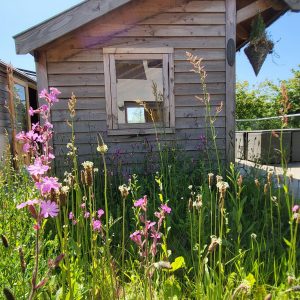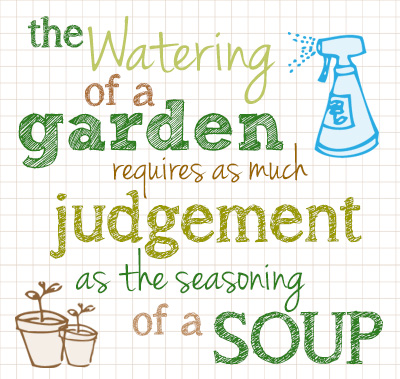Ms A, Perth
The garden is lovely and we are very pleased with the plants and all the work done by yourselves and the staff.
Mr & Mrs B, Bridge of Allan
WOW was the word that was repeated quite a few times as we wandered round our beautiful garden at 2.30am this morning with a torch when we returned from our holiday!!! It is has exceeded our expectations and are very much looking forward to spending time in it. We are
Dr B, Glasgow
Thanks very much for your help, it’s made a world of difference to the garden.
Mr & Mrs P, Stirling
We were really happy with the whole process from start to finish. We didn’t have a firm idea of what we were looking for at the start of the project and it was great to have contrasting design ideas to choose from and blend into the final layout. The grounds
Mr & Mrs C, Bridge of Allan
Thank you to all at Vialii for making our garden somewhere we all want to spend more time in. And as the winter draws in, it will still be nice to look out to. Love it.
Mr & Mrs J, Stirling
Our garden looks amazing and we are still astounded by the amount of work Michael can do in a few days! We would not hesitate to recommend “Vialii Garden Services” to anyone.
Mrs I, Dunblane
Just to say thank-you. The team have been a couple of times and are doing really well. Appreciated
Mr D, Bannockburn
Just wanted to write to you to say what a fantastic job your guys did on my garden, I can’t believe the difference and many of my neighbours have commented on how hard they worked all day.
Dr McC, Glasgow
Jill, Michael and the rest of Team Vialii have now overhauled both our front and back gardens. They have gone from uninviting areas that were barely used to stunning, practical gardens that have been used more in the last 12 months than in the preceding 10 years! Jill and Michael
Mrs E, Fallin
Just wanted to give some feedback on the work recently carried out at my property, the 3 guys who came round did a superb job! I came home to a super neat and tidy garden, I couldn’t be more pleased. Please pass on my thanks to them for doing such





